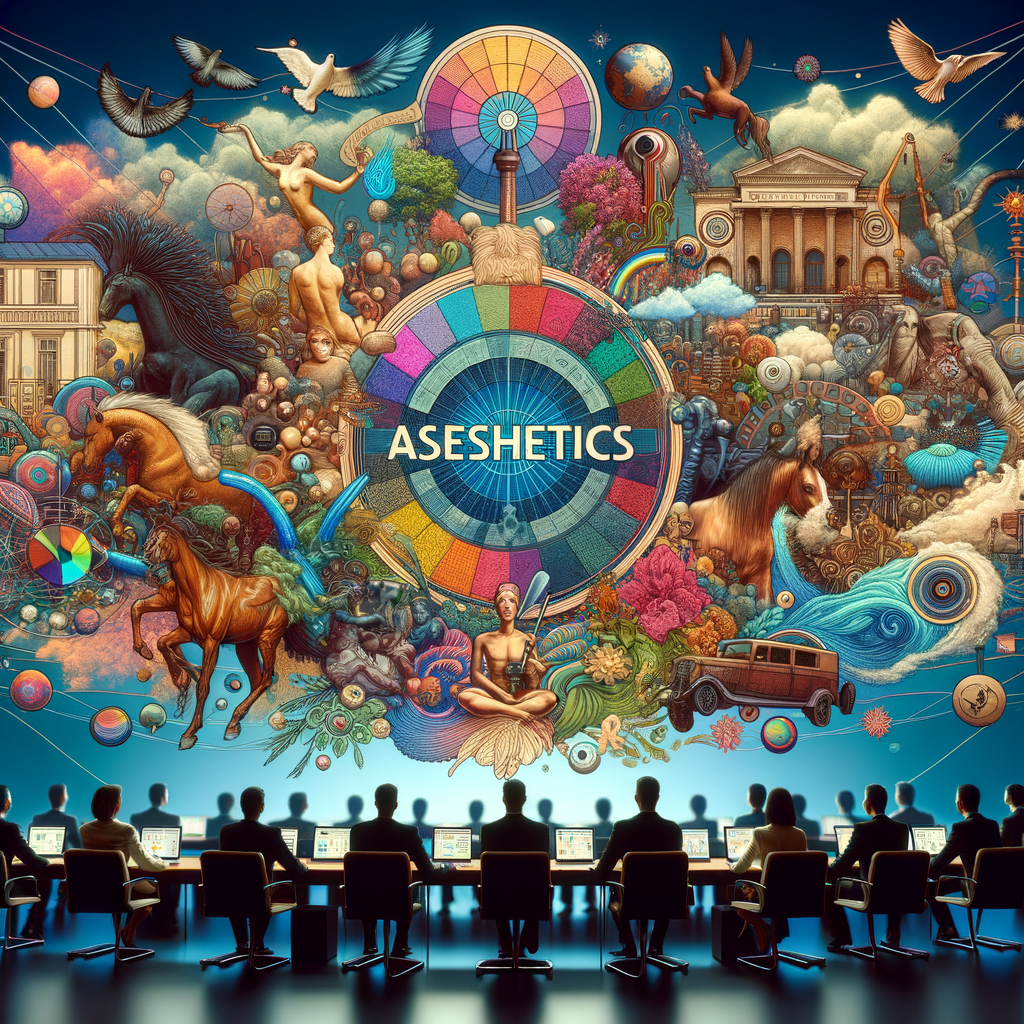Skeuomorphism, a design concept that mimics familiar physical objects in digital interfaces, has been a longstanding trend in the world of aesthetics. The allure of skeuomorphism lies in its ability to bridge the past and present, bringing a sense of nostalgia and familiarity to modern technology. By incorporating elements such as shadows, textures, and gradients that mimic real-world materials, skeuomorphism creates a bridge between traditional design and digital innovation.
The Nostalgic Appeal of Skeuomorphism
One of the reasons why skeuomorphism has remained popular over the years is its nostalgic appeal. By evoking familiar objects and textures, such as bookshelves, notepads, and leather-bound calendars, skeuomorphic designs create a sense of comfort and familiarity for users. This nostalgic connection can evoke feelings of nostalgia for simpler times when physical objects were more prominent in our daily lives. Skeuomorphic design elements can also make digital interfaces more intuitive and user-friendly, as they provide visual cues that users can easily recognize and understand.
Skeuomorphism can also serve as a bridge between different generations, as it can appeal to both younger users who are accustomed to modern technology and older users who may be more familiar with traditional design elements. By incorporating familiar objects and textures into digital interfaces, skeuomorphism can create a sense of continuity and connection between the past and present. This blending of tradition and innovation can create a unique and engaging user experience that resonates with a wide range of audiences.
How Skeuomorphism Bridges Tradition and Innovation
Skeuomorphism also offers a way to blend traditional design elements with modern technology, creating a harmonious balance between the past and the present. By incorporating elements such as wood textures, metal finishes, and paper backgrounds into digital interfaces, skeuomorphic designs can create a sense of warmth and authenticity that is often lacking in purely digital designs. This merging of traditional and modern aesthetics can create a rich and immersive user experience that appeals to a wide range of users.
In conclusion, skeuomorphism offers a unique way to bridge the gap between tradition and innovation, creating a sense of nostalgia and familiarity in modern digital interfaces. By evoking familiar objects and textures, skeuomorphism can create a sense of comfort and connection for users, while also making digital interfaces more intuitive and user-friendly. The blending of traditional and modern design elements in skeuomorphic designs can create a harmonious balance that resonates with a wide range of audiences, making it a timeless and enduring trend in the world of aesthetics.

Leave a Reply